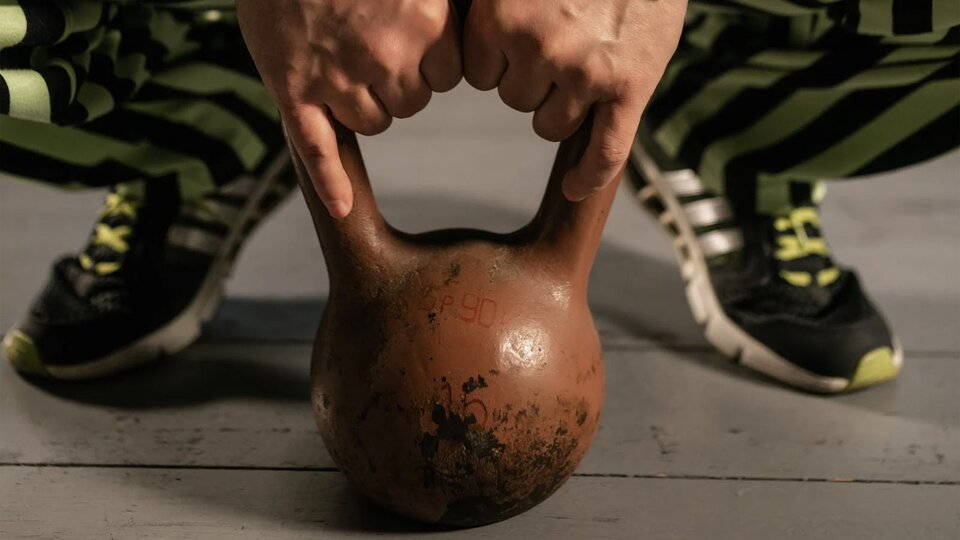Grip Strength is a consistent biomarker of current wellbeing and a strong predictor of future health outcomes (1). Handgrip strength (HGS) has a substantial correlation with overall strength, upper and lower limb function, bone density, malnutrition, cognitive impairment, depression, sleep problems, diabetes, multimorbidity, chronic diseases, and overall quality of life (2)(3).
Having low grip strength is associated with numerous negative health outcomes, such as chronic conditions including hypertension, diabetes, cancer, chronic lung disease, heart disease, stroke, arthritis, and psychiatric problems (4). Low grip strength is defined as having less than 26 kilograms or 57 pounds of force for men and 16 kilograms or 35 pounds for women (4). Adults with lower grip strength report more difficulty performing physical tasks, such as lifting heavy objects, climbing stairs, prolonged walking, and even standing up from a chair (5). Lower HGS has also been associated with higher inflammation, poor heart health, malnutrition, poorer sleep quality, and cognitive impairment (6)(7).
While the exact mechanism is not yet fully known. The main hypothesis suggests that low grip strength in the general population indicates premature aging through DNA methylation (2)(8). Biological aging is characterized by negative changes in body composition and loss of physical function. As humans age, there is a dramatic decline in muscle mass and muscular strength known as sarcopenia (9). This loss of muscle leads to a decrease in bone mineral density as well as a higher risk of falls, fractures, and hospitalizations (10)(11). Medical professionals have used grip strength to help identify at risk populations.
Testing your grip strength is a quick and easy way to assess your overall health and fitness regardless of race, age, and gender (12)(13). A digital handgrip dynamometer or accelerometer can assess the rate of force development, submaximal force steadiness, and fatigability to rapidly indicate your general muscle strength (14)(15). Once you test your grip strength, you can predict your risk of all-cause mortality and cardiovascular diseases (16). Also if you have a 10% difference between your dominant and nondominant hand, you may also have a grip strength issue (17).
If you have a low handgrip strength or muscle weakness, you can do several things to help increase your overall physical fitness and HGS scores. First, you can implement a strength training program to increase both your muscle mass and grip strength (18). Second, you can improve your nutritional habits, including increasing your protein intake, which can greatly help improve grip strength (19)(20). Lastly, you can improve your sleep quality, which can affect many aspects of your health including your finger strength (21).
If you find that your grip strength is low, you can directly train your handgrip strength to improve your lifts, your blood pressure, and reduce your risk of injury (22). Research shows that higher grip strength is a good estimator of muscle mass and lower rates of sarcopenia (23). One study finds that training your grip strength leads to lasting positive changes in blood pressure, especially for older adults and overweight or obese individuals (24). Studies have shown that grip strength is associated with less injuries such as wrist sprains (25).
Here are some exercises to improve grip strength: Kettlebell Farmer Carries, Dumbbell Rows, Hanging from a Pull-Up Bar, Deadlifts without straps, using thicker hand grips like Epic Fitness Dumbbell Grips, or classic spring loaded hand grippers. These exercises should help you develop a strong grip while preventing frailty and decreasing your mortality risk.
Works Cited
